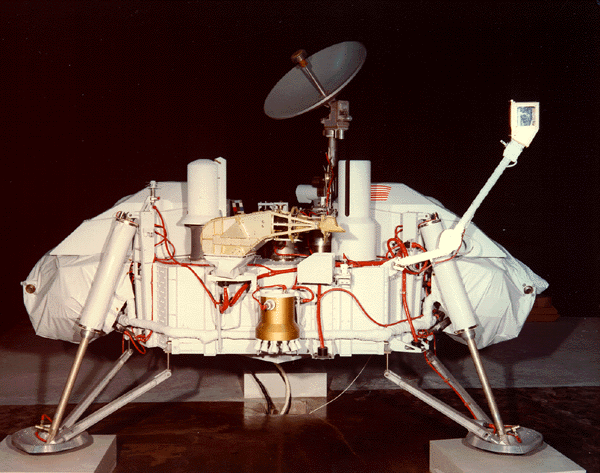top of page

Mars is the focus of much speculation and serious study about possible human colonization. Its surface conditions and the likely availability of water make it arguably the most hospitable of the planets, other than Earth. The Martian day (or sol) is very close in duration to Earth's. A solar day on Mars is 24 hours 39 minutes 35.244 seconds. Mars has a surface area that is 28.4% of Earth's, only slightly less than the amount of dry land on Earth (which is 29.2% of Earth's surface). Mars has half the radius of Earth and only one-tenth the mass. This means that it has a smaller volume (~15%) and lower average density than Earth.


Blues for a Red Planet...Carl Sagan talks about Planet Mars & its investigation by Humans
bottom of page























